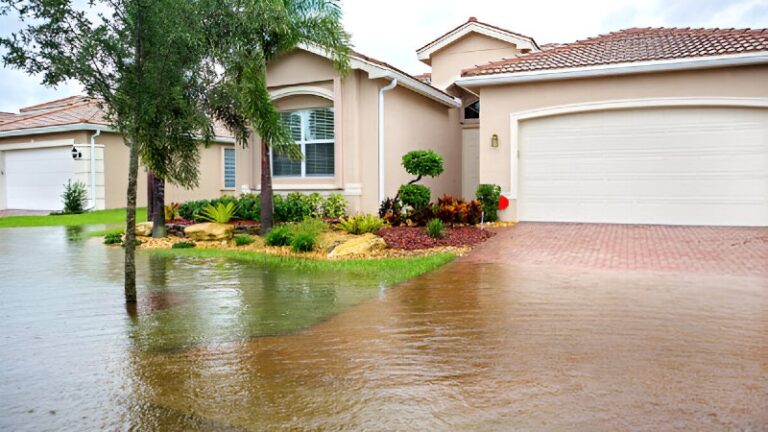Flooding ruins homes fast. It doesn’t matter if it’s caused by storm damage, a burst pipe, or a storm surge. Water moves quickly, and once it gets inside, the damage begins. Floors buckle, walls soak through, and your belongings can turn to trash in hours.
After the shock fades, you need to act. You don’t have much time. Delays can lead to mold, deeper structural issues, and insurance problems. What you do in the first hours will affect how long it takes to recover and how much you lose. In this article, we will go over several steps to take after your house has gotten flooded.
1 – Find housing
After a flood, your home might be unsafe or unlivable. You need a place to stay and fast. But not just any place. You want somewhere clean, stable, and quiet so you can think clearly and make good decisions. The last thing you need is more disruption.
Look for housing that won’t throw off your daily routine more than it already has. If you’re in the Toronto area, perfectly located North York furnished apartments offer a smart choice. These units give you the comfort of a home without the long-term commitment. They’re already set up with what you need so you don’t have to waste time chasing basics.
Staying close to work, school, or family helps you hold onto some normalcy. That’s more important than it sounds. The sooner you regain structure, the faster you can focus on repairs, insurance claims, and next steps.
2 – Contact your insurance company
Once you’re safe and out of immediate danger, contact your insurance company right away. Flood damage often spreads quickly, and delays can affect what gets covered. Call your insurer and let them know what happened. Be clear and stick to the facts. They’ll give you instructions on what to do next, and may assign a claims adjuster to your case.
Before touching anything or cleaning up, take photos and videos of the damage. Show every room, every soaked wall, every ruined item. Capture the waterline if it’s visible. This proof matters. It helps show the full impact of the flood and backs up your claim later. Don’t rely on memory. Document everything now, even if it seems obvious.
Keep records of every conversation you have with your insurance company. Write down dates, names, and what was said.
3 – Assess structural damage
After the water recedes and the mess is cleared, don’t assume your home is safe. Floods can leave behind hidden structural damage that puts you at risk. Before you settle back in or start major repairs, have your house inspected by a licensed professional.
Avoid using electricity until a qualified electrician checks the system. Even if the power is back on, wires and outlets that were exposed to water may be unsafe. If your HVAC system was submerged or even just damp, have it looked at before turning it on.
Enjoyed this? Share this post with fellow fans and influencers, and be sure to check back regularly for the latest updates, insights, and news on all things simpcity!

